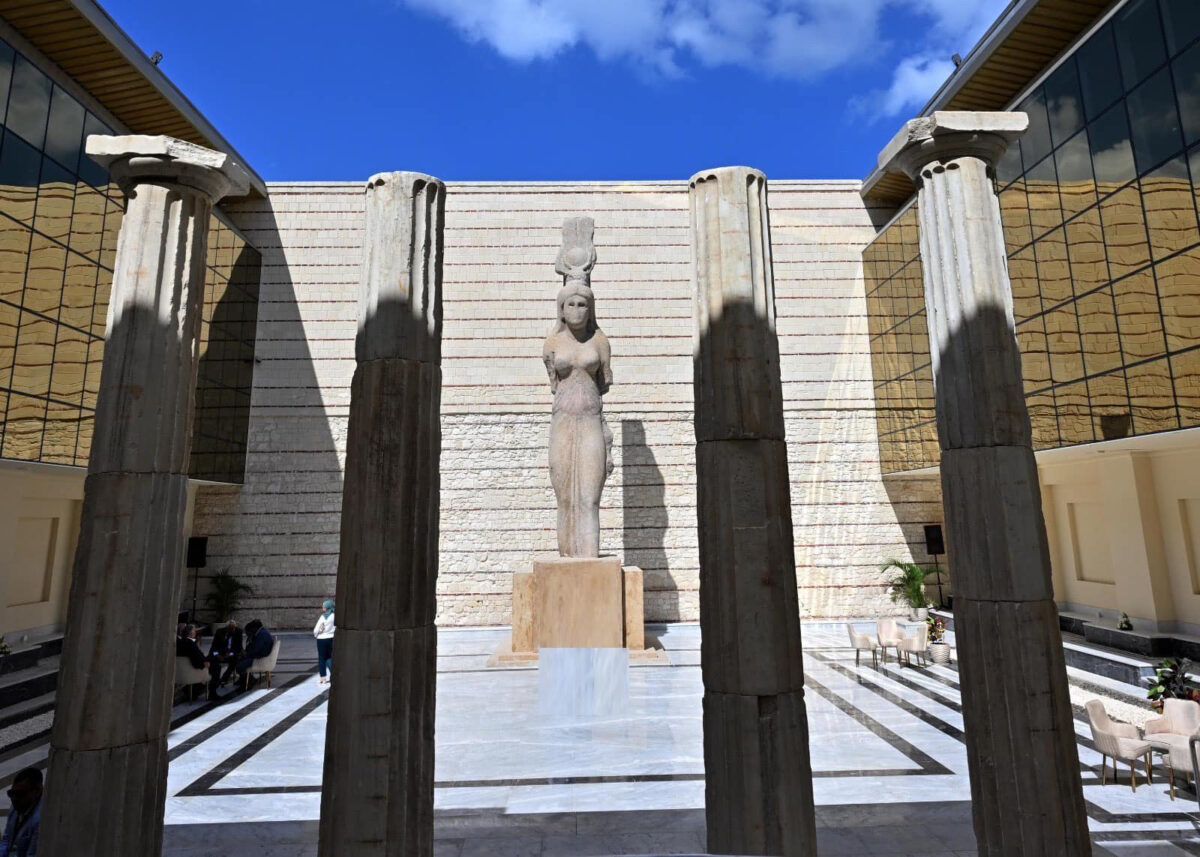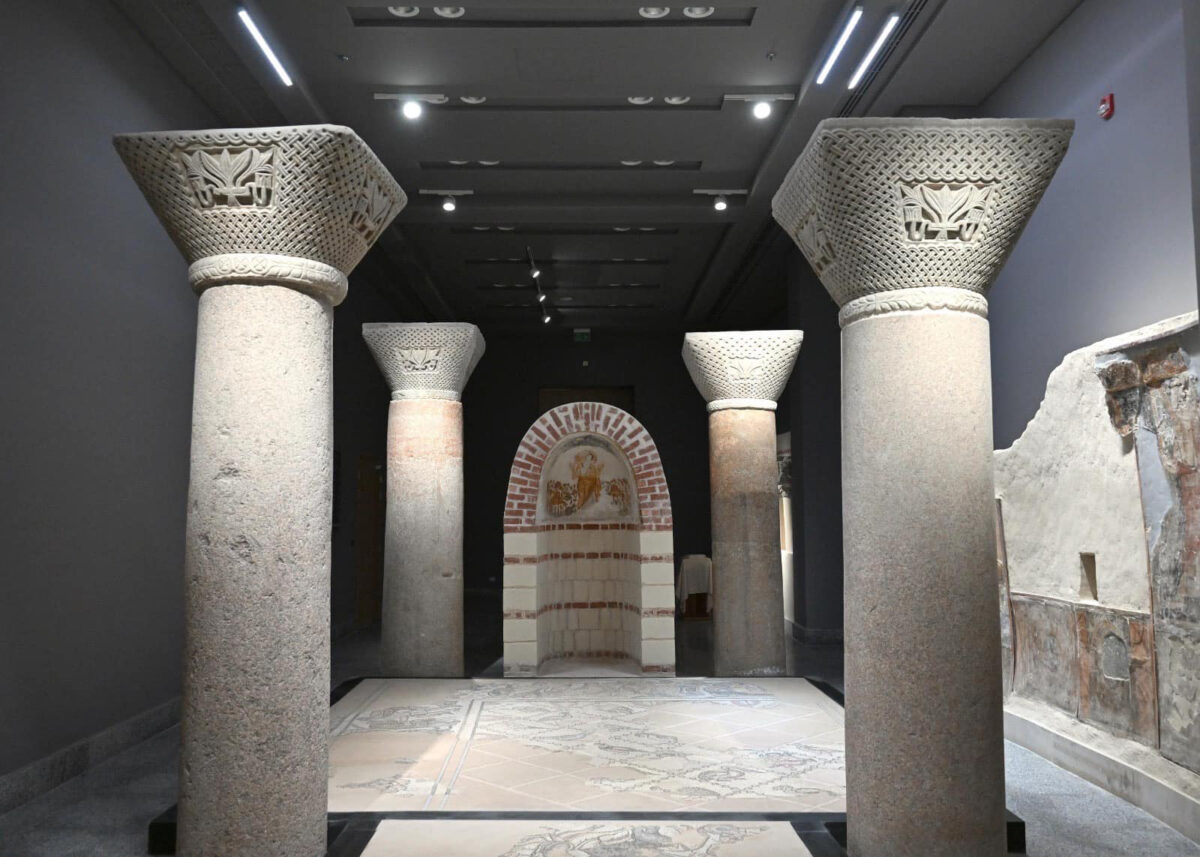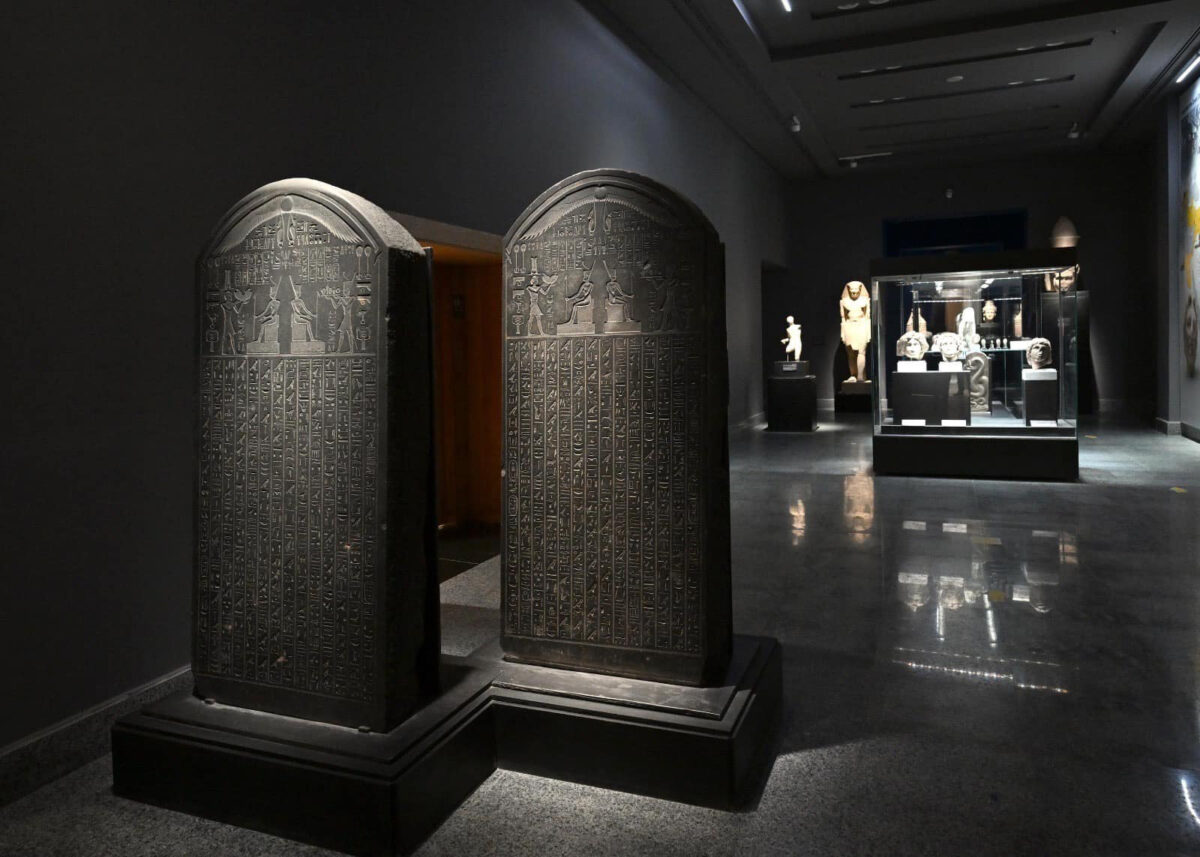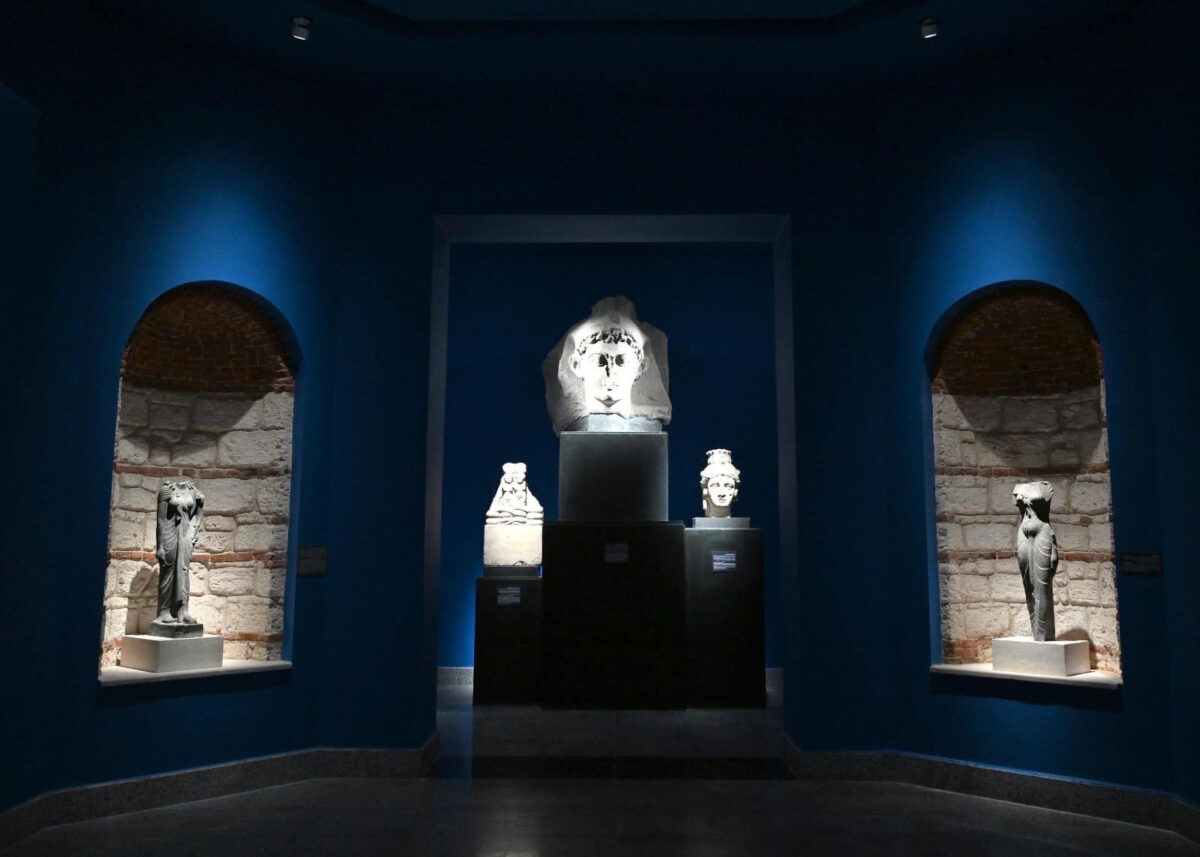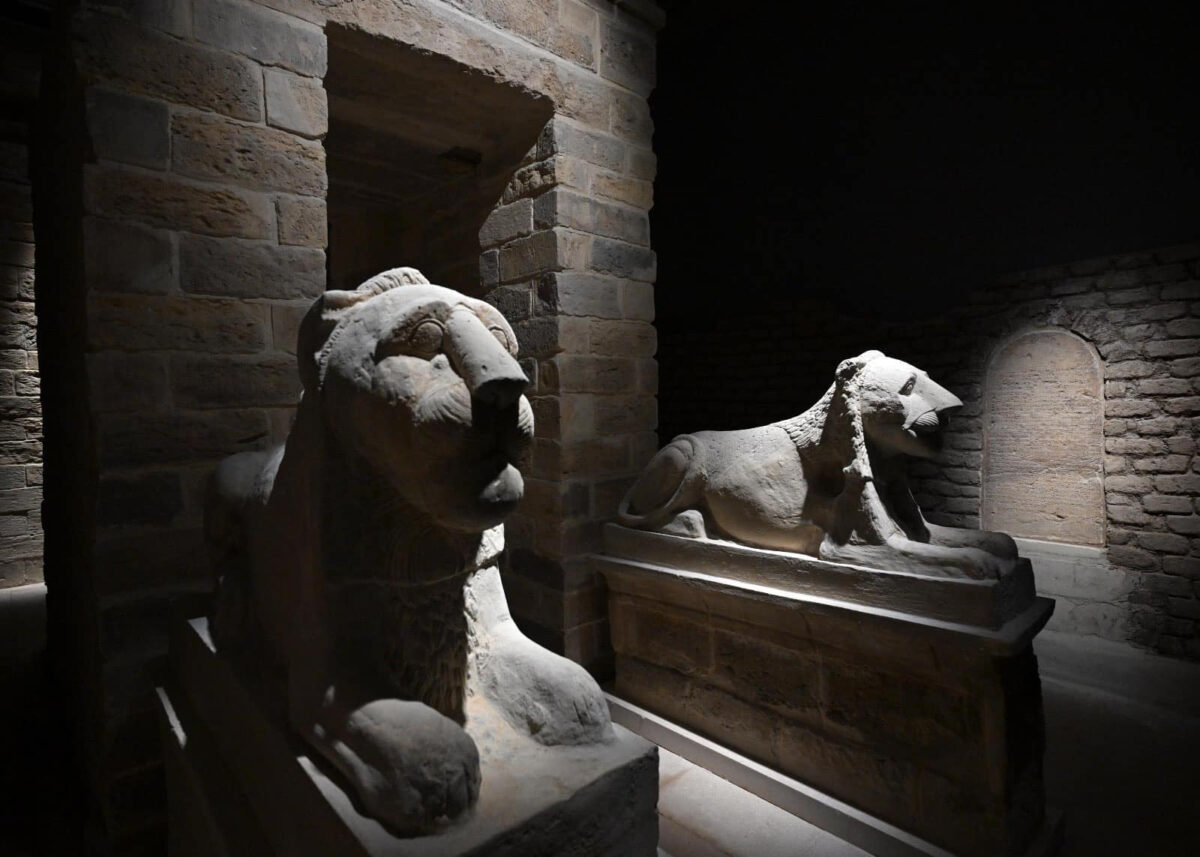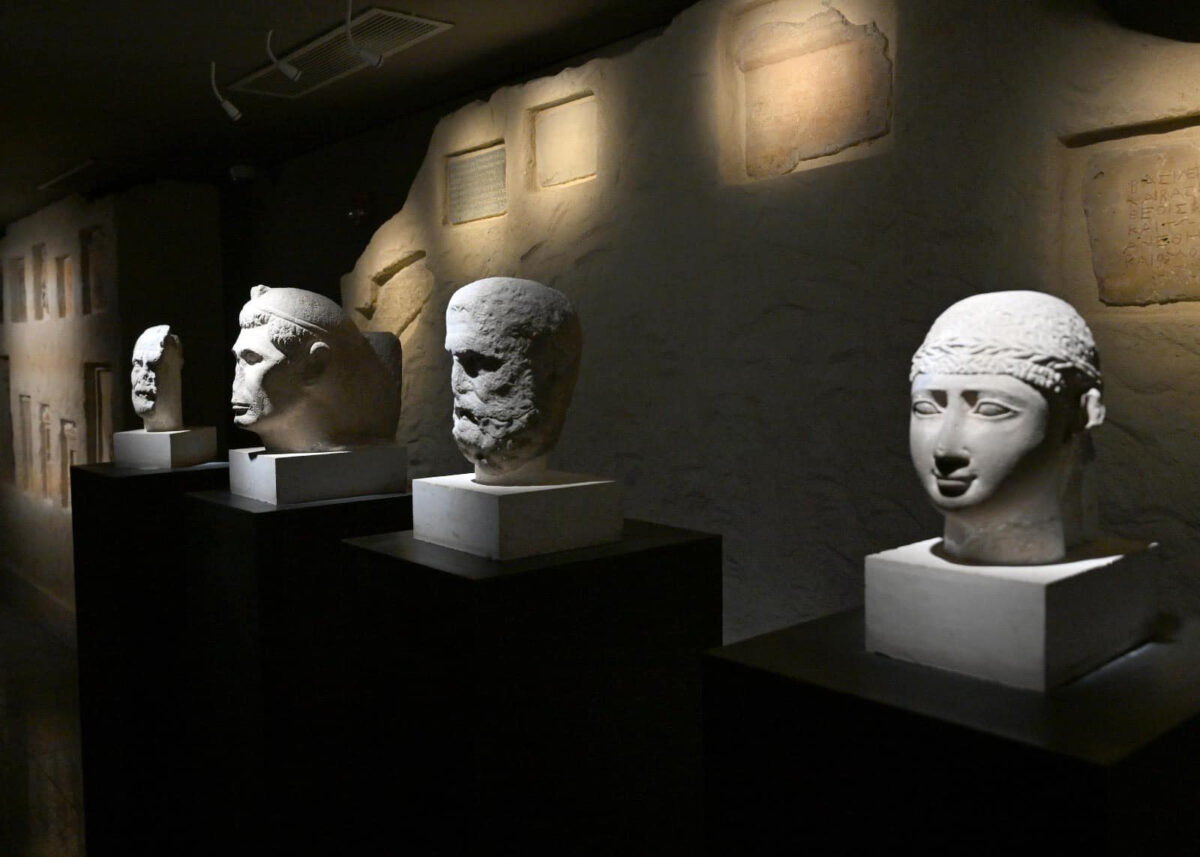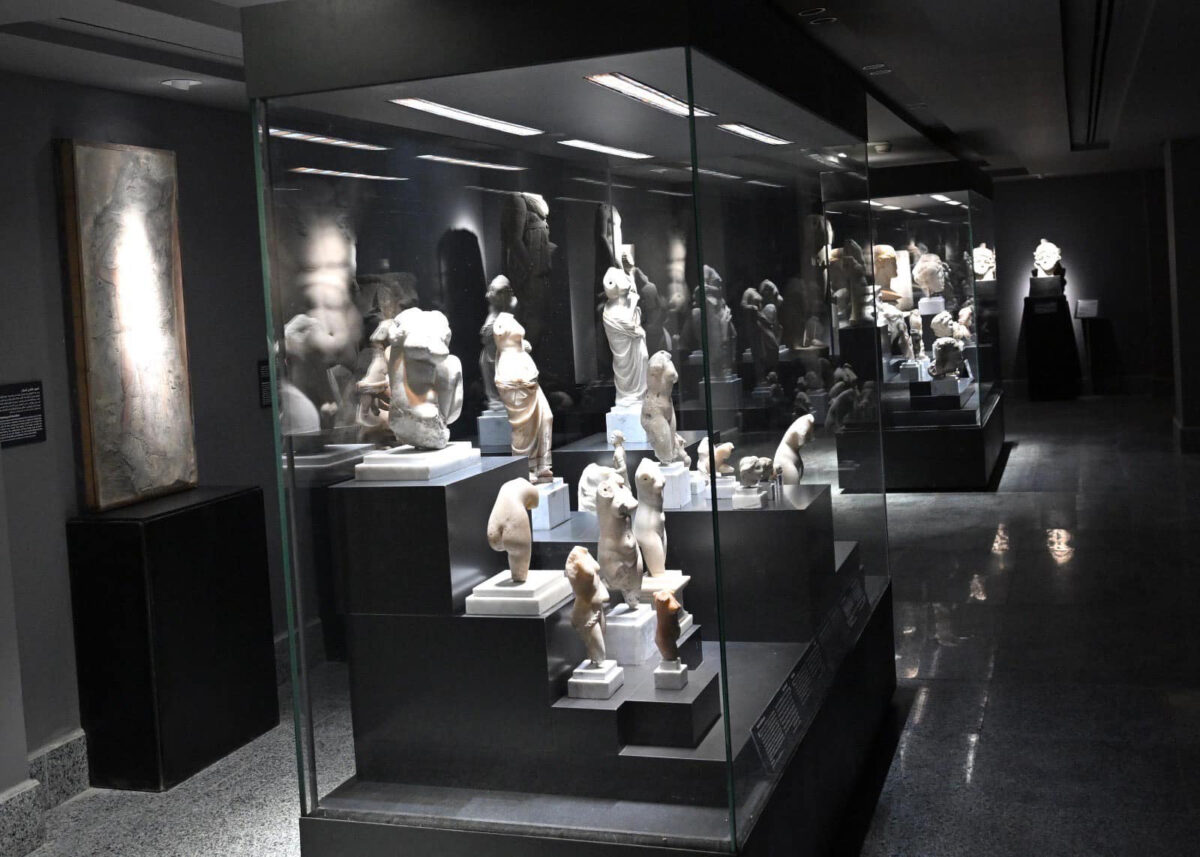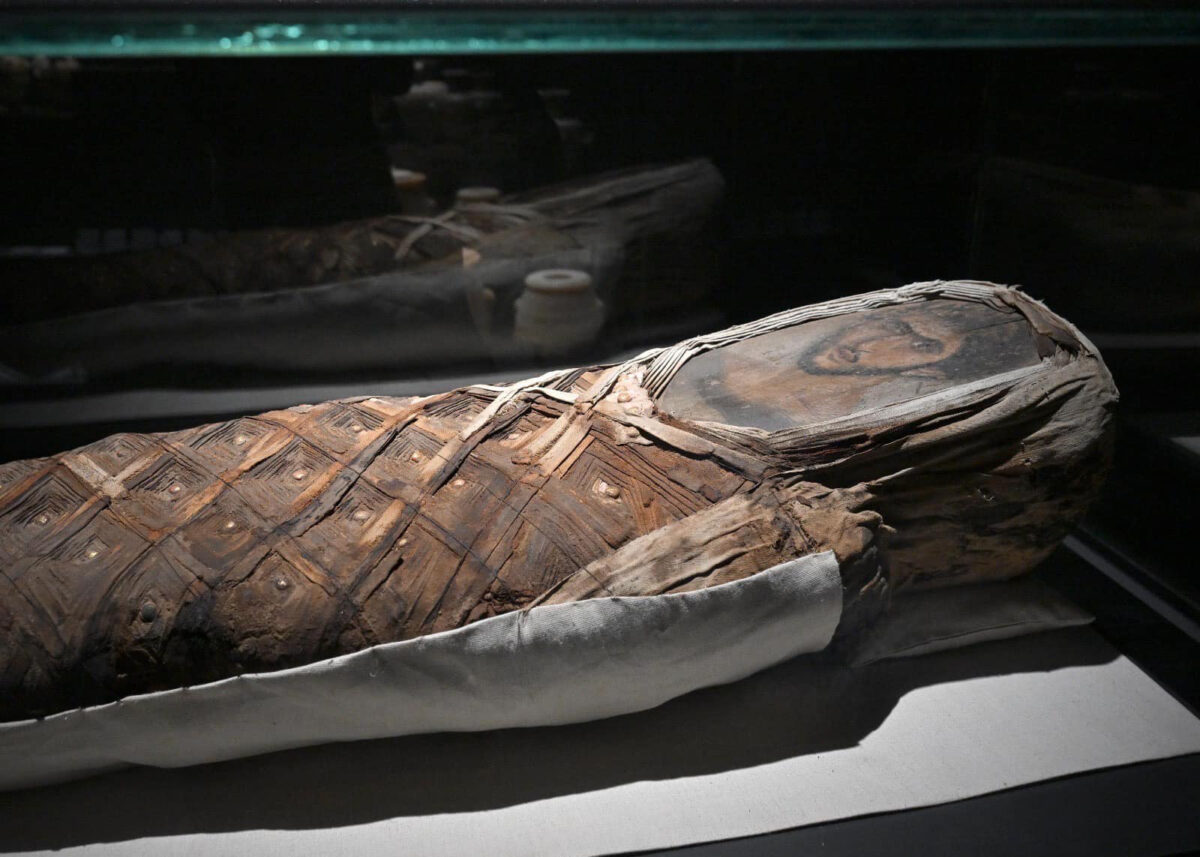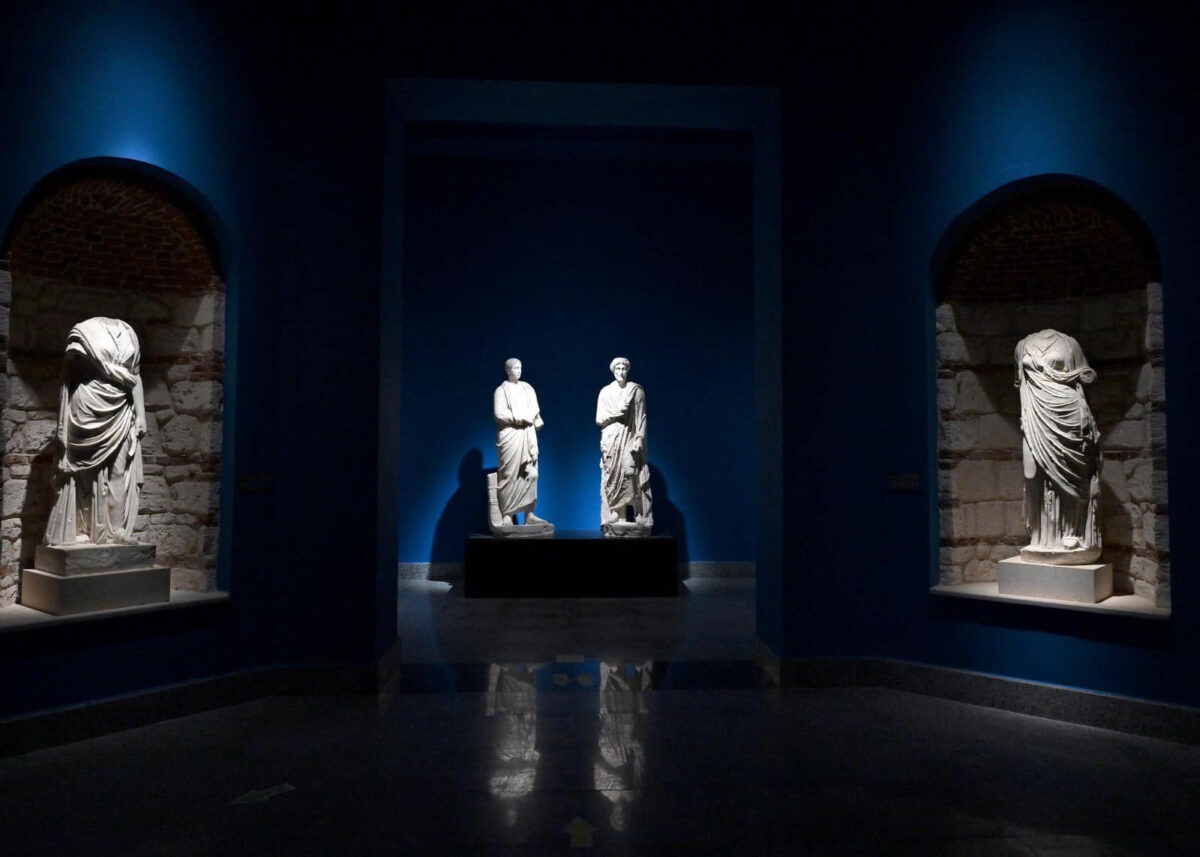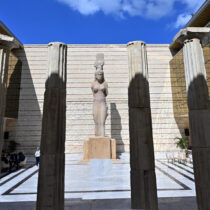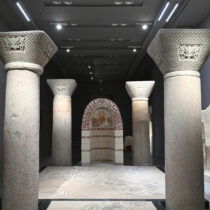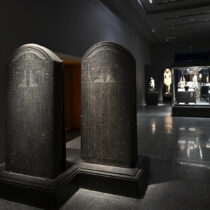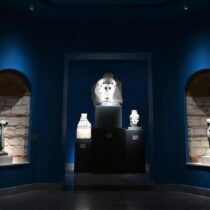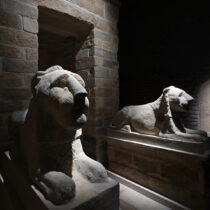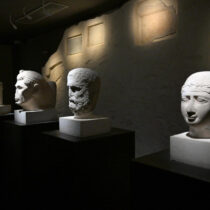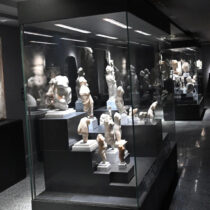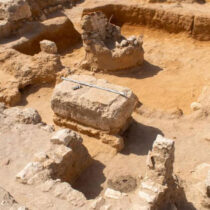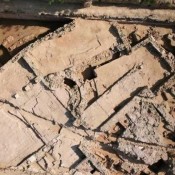Egypt’s Prime Minister has attended the opening of the Greco-Roman Museum in Alexandria following an extended renovation and restoration project that lasted 18 years.
The idea of establishing the museum has been expressed in 1891, when the Italian archaeologist Giuseppe Botti thought about allocating a place to house archaeological finds uncovered in Alexandria, in order to preserve the city’s particular cultural history, especially since those finds were deposited in the Boulaq Museum in Cairo.
The current museum building, which shows the features of Greek architecture, was assigned to the German engineer Dietrich and the Dutch engineer Leon Sténon. The museum was opened for the first time during the reign of Khedive Abbas Helmi II, on September 26, 1895 AD.
The Museum Development Project
The museum was closed in 2005 to undergo restoration. The renovation and restoration project started in 2009, but stopped in 2011 due to the lack of funds. Work was resumed in 2018 and, upon its recent completion, the museum has now been opened.
The museum development project included the painting of the interior and exterior walls, reinforcing the old walls of the museum with an iron structure, restoring the museum’s classic facade, as well as renewing the lighting and security systems. An additional hall has been opened, which serves as a gypsotheca, a room housing the gypsum reproductions of antiquities, some of which are on display in the museum. The museum also contains an educational department, a museum archive, a library with a rare collection, stores, and restoration workshops.
The project also included the improvement of services provided to visitors, e.g. cafeterias and a gift shop. Full accessibility to visitors with special needs has also been secured (accessible bathrooms, elevators, and museum education spaces).
Museum sections
In the ground floor there are 27 halls with antiquities arranged in chronological order, starting from before Alexander the Great (5th century BC) until the Byzantine era (6th century AD). It also contains storage spaces and restoration laboratories.
The mezzanine includes four halls: the Museum Education Hall, the Hall of Archives and Records, the Gypsotheca and the Study Hall.
Finally in the first floor the permanent exhibition is unfolded according to a thematic classification. There are halls dedicated to the Nile, the Agora, the Red Land (desert), industry and trade, numismatics and currency, Alexandrian art, the Bubasteion, the area of Kom el-Shoqafa region, Alexandrian sculpture. Further facilities include cafeterias, restaurants, a library of rare books, a lecture hall, a gift shop.
The museum contains six thousand artifacts. The topics of display within the museum exhibition halls cover parts of the history of ancient Egypt in general and of Alexandria in particular.
Administration offices are housed in a separate building.
A Museum for Egyptians and non-Egyptians
To highlight the intellectual and artistic blend between ancient Egyptian, Greek, Roman, Coptic and Byzantine civilizations, the permanent exhibition covers topics such as the ruling state and political life in Egypt during the Ptolemaic and Roman era, Greek and Roman daily life in Alexandria, and religion and worship in the Greek and Roman eras. All of the above have been made possible through the special display of well-known and distinguished collections of the Greco-Roman Museum, such as the Black Head Collection, the Muhammara Land Collection, and the display of the Crocodile Temple – Sobek.
The permanent exhibition also highlights the idea of Alexandria as a beacon of sciences and home of different cultures, as it was a destination where scholars and philosophers of the ancient world made pilgrimages because of its cultural and civilizational influence.
Egyptian craftsmanship as well as trade and commerce have also a special position in the museum through the display of special artifacts of ivory, bone, faience, jewelry, etc., which were spread throughout Egypt in ancient times and were traded with other countries.
The display also presents the doctrinal development of funerary ideas in the Greek and Roman eras through mummies, amulets, canopic vessels, funerary tombstones, Fayum portraits, and coffins across the different eras of Alexandria in particular and Egypt in general. Byzantine and Coptic art is also displayed through distinctive architectural remains (friezes, ceiling decorations, column bases, capitals, tapestries, and coins).
